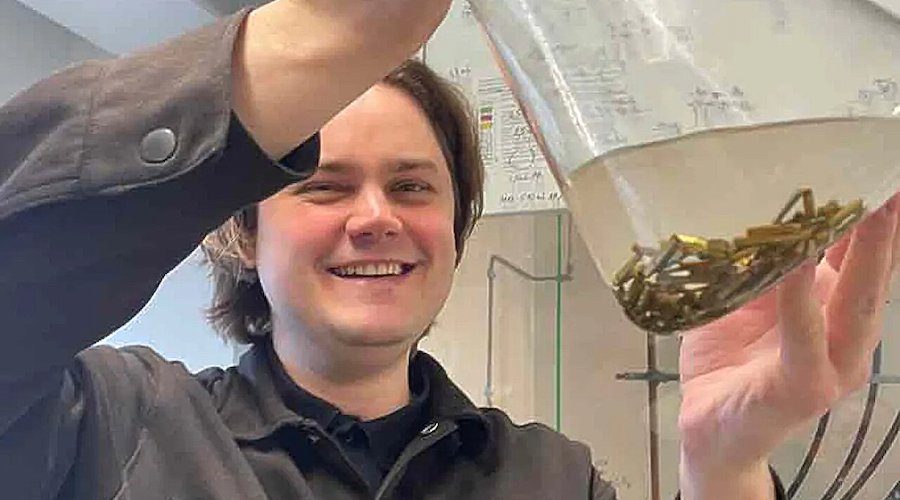
Researchers at the University of Helsinki have developed sustainable dissolution methods for extracting noble metals from computers, cell phones, solar panels and other discarded electronics.
In a paper published in the journal Angewandte Chemie International Edition, the scientists introduce a three-stage process where copper is first dissolved from electronic waste, followed by silver and, finally, gold. This way, metals can be selectively separated from plastic, ceramics and other materials, yielding pure noble metals. In addition, the solvents used can be easily recycled.
The team tested organic solvents on crushed circuit boards, successfully extracting the gold and copper contained in them. Silver was separated from crushed old solar panels. This result is interesting because solar panels are a high-volume product whose recycling has thus far been extremely challenging.
“In this study, we used what is known as deep eutectic solvents, liquids, that are made from substances that are solid at room temperature and under normal pressure, such as choline chloride—also used in poultry feed—and urea, as well as other safe organic compounds,” Anže Zupanc, co-author of the study, said in a media statement.
Deep eutectic solvents are a special type of solvent composed of two or more simple compounds that form a mixture with a low melting point. These solvents are known as deep eutectic, as their melting point is considerably lower than the melting point of each component on its own.
Deep eutectic solvents are environmentally friendly, renewable and in many cases biodegradable. They have many applications including in chemical reactions, catalysis and extraction techniques.
In this study, lactic acid and hydrogen peroxide were used as solvents as well.
“An important result was that the solvents could be reused, putting the principles of green chemistry into practice,” lead researcher Timo Repo said.